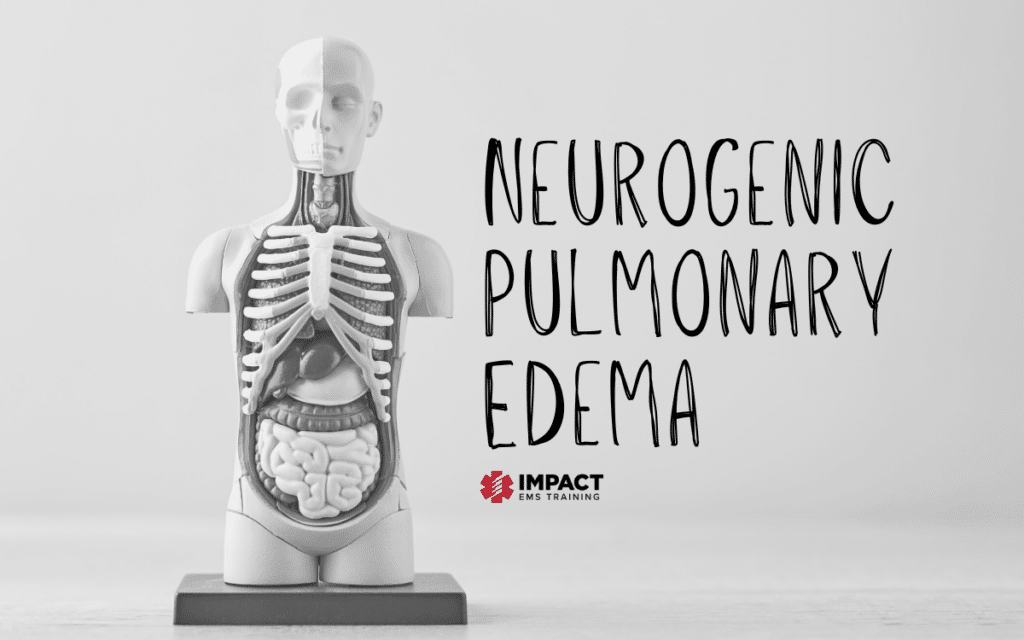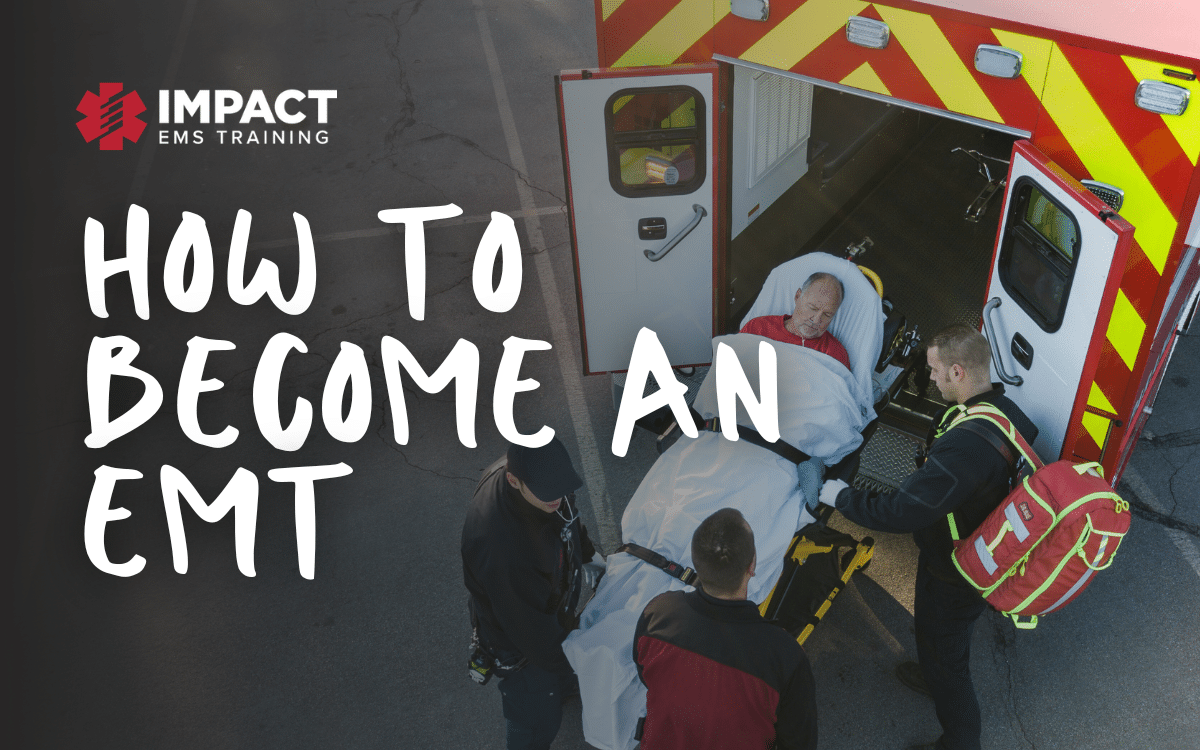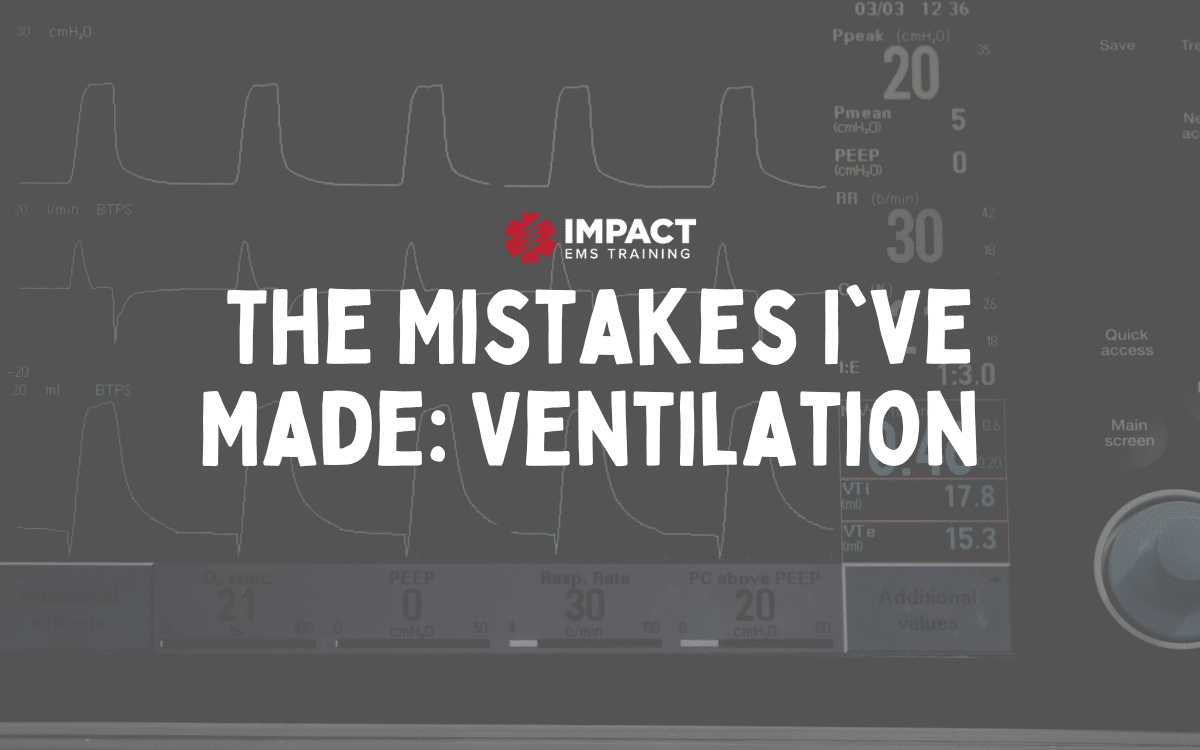Neurogenic Pulmonary Edema
Neurogenic pulmonary edema (NPE) is a clinical syndrome characterized by the acute onset of pulmonary edema following a significant CNS insult. While there are a few theories, the etiology is unknown. Out of the ‘big 4’ theories, I’m going to go over two, neuro-cardiac and blast theory.
Neuro-Cardiac Theory
This theory characterizes that a sudden surge in catecholamines causes a direct insult to the myocardium and thus left ventricular dysfunction and as a result, pulmonary edema. It cites Takotsubo’s cardiomyopathy, which is myocardial dysfunction following a stressful event. Like Takotsubo’s, the sudden surge of catecholamines in a neurogenic insult causes cardiac stunning and thus myocardial dysfunction causing an increase in pulmonary pressure then pulmonary edema. Patients suspected to have neuro-cardiac neurogenic pulmonary edema will have EKG changes, abnormalities in ventricular function on echo, and elevated cardiac enzymes, despite no known cardiac history.
Blast Theory
Blast theory characterizes that the sudden surge in catecholamines cause a sudden increase in systemic and pulmonary pressures. These increases shift blood volume to a low resistance pulmonary circulation instead of the systemic circulation. This causes an increased pulmonary venous pressure and subsequently capillary-alveolar membrane damage. This damage then causes vascular leak.
Epidemiology
We truly don’t know the real incidence of NPE. But we do know any acute central nervous system insult can cause it. This includes spinal cord trauma, subarachnoid hemorrhage (SAH), status epilepticus, arteriovenous malformations, and meningitis. Patients with SAH who develop NPE have a higher mortality rate of up to 10%.[1] The incidence of NPE in traumatic brain injury is estimated to be up to 20%.[2] 32% Patients with TBI who died at the point of injury were found to have NPE[3] while up to 80% of epileptics who die of seizures are found to have NPE and one third of patients with status epilepticus have NPE.[4]
However, NPE is hard to diagnosis. It is not unreasonable to believe adult patients who develop pulmonary edema may have underlying medical conditions that may also cause it, and in emergency situations we may not always
So How Do We Treat NPE?
First you need to treat the underlying condition, which for most of us is rapid evacuation to a neurosurgery capable center.
If you have not established an advanced airway, I’d do so sooner than later. Setting yourself up for success here is important. These patients will require SALAD to clear the airway. An ET tube will be better than a supraglottic, mainly for higher required PEEP.
Once the airway is secured, utilize the same ventilator strategy as you would ARDS. A lower tidal volume with higher PEEP can help drive fluid out of the alveoli while avoiding further barotrauma. An in-line suction will be needed for airway suctioning.
For patients with suspected neuro-cardiac NPE, pressors may be required to maintain blood pressures.
Conclusion
Neurogenic pulmonary edema occurs in a large part of patients with neurologic insult, however its under reporting leads to lack of knowledge and education on it. This sudden onset edema can cause panic if you’re unfamiliar or unprepared for it, and without a strategy to combat it, it can kill a patient quickly. Utilize SALAD if you have to secure the airway, and use your ARDS management strategy to minimize the effects it has on patients. Most patients developing NPE will have it clear in up to 72 hours. The only definitive management for NPE is the treatment of the original neurologic insult.
[1] Acute neurogenic pulmonary edema: case reports and literature review.
Fontes RB, Aguiar PH, Zanetti MV, Andrade F, Mandel M, Teixeira MJ
J Neurosurg Anesthesiol. 2003 Apr; 15(2):144-50.
[2] Acute lung injury in isolated traumatic brain injury.
Bratton SL, Davis RL
[3] Neurogenic pulmonary edema in fatal and nonfatal head injuries.
Rogers FB, Shackford SR, Trevisani GT, Davis JW, Mackersie RC, Hoyt DB
[4] Postictal neurogenic pulmonary edema: experience from an ECT model.
Wayne SL, O’Donovan CA, McCall WV, Link K
Impact EMS offers accredited certification and refresher courses in one trusted location. Fully prepare for certification exams and maintain licensure with skill building credits.








